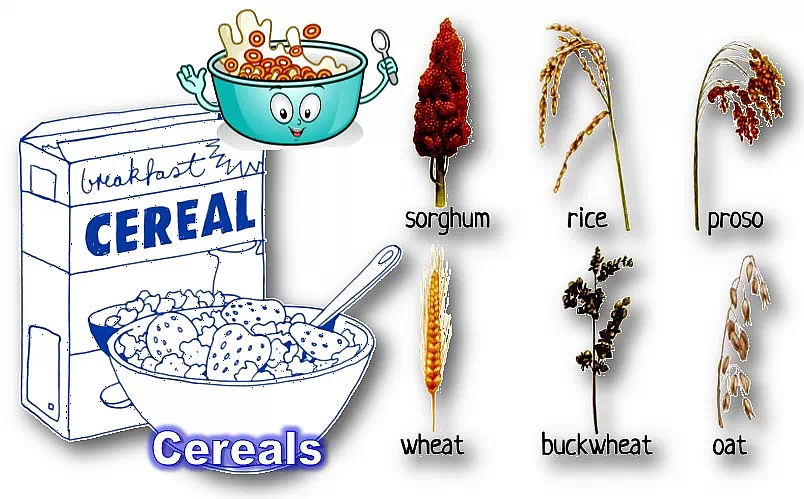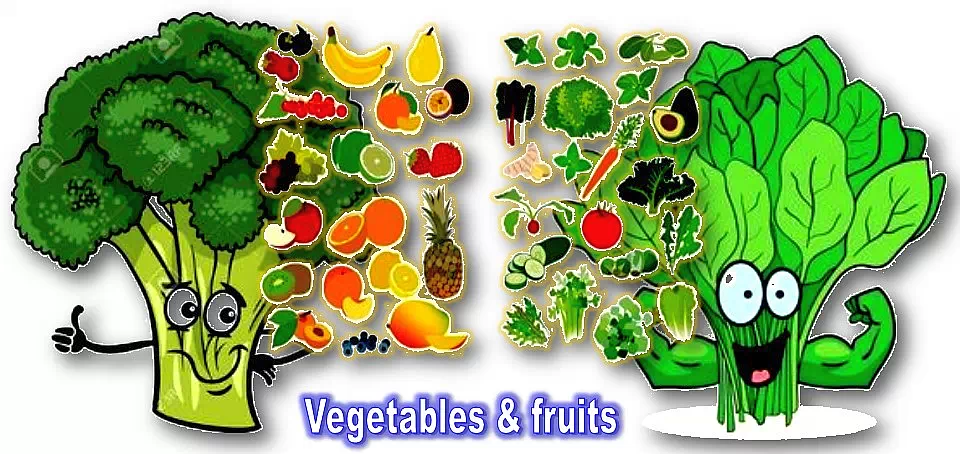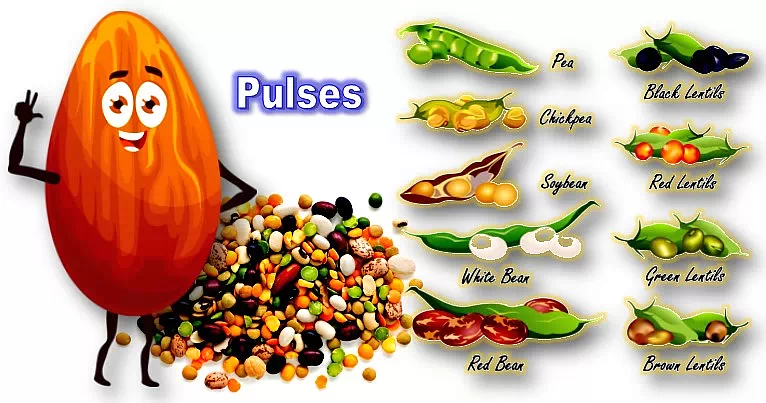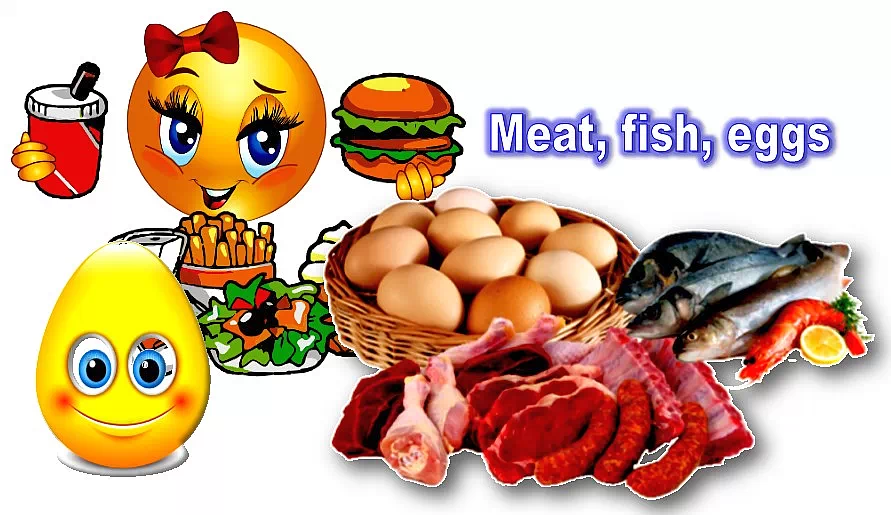Cereals & Nutritional Values
The cultivation of all cereal crops is similar though individual species differ in some ways.
The common cereals we consume are rice, wheat, rye, oat, barley, millet, maize, sorghum, and triticale (a high-yielding hybrid of wheat and rye).
Cereal crops are grown in greater quantities. These crops are called staple crops because provide more food energy worldwide.
The main parts of a cereal are usually an endosperm, a germ, and a bran.
Their dietary importance is great and they become part of our daily commodities.
Harvesting methods of cereals:
In developed countries, machine-harvesting methods are adopted.
In developing countries, mixed harvesting methods are used depending on the cost of labor.
Almost 80-90% of cereals produced worldwide are maize, wheat, and rice. They share about 50% of food supply globally.
Cereal flours such as wheat flour, maize flour, rye flour, and rice flours are the main staple foods for many cultures.
How to get balanced diet with cereals?
In order to get balanced diet, cereal grains are to be combined with legumes.
Legume is a seed, pod, or other edible part of a leguminous plant used as food.
Examples:
- Dal + rice,
- Dal + wheat,
- Beans + maize (tortillas),
- Tofu + rice, and
- Peanut + wheat bread (sandwich), etc.
Because of Green Revolution, the harvesting of high-yielding cereal crops has increased today.
The General Nutritious Composition of Cereals:
Most of the cereals have some common nutritional values given below:
Carbohydrates: 65-75%
Protein: 7-12%
Lipids: 2-6%
Water: 12-14%
Nutritional Specifics of Important Cereals:
Wheat is a staple food and cultivated worldwide. It belongs to Poaceae family.
It is a rich source of dietary fibers, antioxidants (back wheat), free and esterified phenolic acids, vitamins and minerals such as magnesium, phosphorus, and selenium. They are effective to maintain and regulate various body metabolic functions.
Wheat is good for treating and preventing of obesity, cardiovascular disease (CVD), type-2 diabetes, anti-colorectal cancer, etc., because it has many bioactive components such as phenolic acids, flavonoids, carotenoids, and so forth.
Wheat is a chief ingredient in making flour, semolina, pasta, noodles, and fermented foods like kefir, biscuits, and other confectionaries.
Types of Wheat:
Wheat is of many types owing to the area, time or climactic conditions cultivated. There are mainly four types of wheat.
- Hard wheat:
It is cultivated in dry regions or sunny climactic conditions. It contains less amount of protein (11%-12%).
- Soft wheat:
It is grown in sultry conditions. It possesses less amount of protein (8%-9%) or gluten.
It is mainly used in cakes, pastry, biscuit and other bakery products due to its softer character.
What is Gluten?
Gluten is a mixture of two proteins present in cereals especially wheat. It is responsible for the elastic texture of dough. It may cause illness in people with celiac disease.
What is celiac disease?
It is a disease in which the small intestine is hypersensitive to gluten that leads to difficulty in digesting food.
- Bread wheat (Triticum aestivum):
It is a common wheat and is usually grown in the hot and dry conditions. It is a largely cultivated wheat in the world.
- Durum wheat (Triticum durum):
It is rich in gluten and toughest of all kinds of wheat. It is the second largest cultivated wheat.
Nutritional Values of Wheat:
Energy: 339 kcal
Protein: 13.3 g
Carbohydrates: 71 g
Fiber: 10.7 g
Fat: 2 g
Nutritional Values of Durum Wheat:
Energy: 198 kcal
Protein: 7 g
Carbohydrates: 40 g
Fiber: 7 g
Fat: greater than 1%
Most of the people in the world, particularly in Asia, consume rice and thus is called “grain of life”. It is a staple food and widely cultivated. It has anti-oxidant and chemoreceptive properties.
It is a rich source of carbohydrates, B complex vitamins, amino acids and minerals. There is no gluten in rice. It is a good food for infants because it has lysine. Bran and husk are the by-products of rice and are used as animal feed.
Brown rice is low in calories but high in fiber and vitamins. It lowers the cholesterol levels and is helpful in reducing heart problems. It cleans digestive tract and stops formation of blood clots.
Crushed rice powder is used for treating skin problems.
Rice is advised to eat with curry to lower glycemic index (high glycemic index causes diabetes).
Parboiled rice is rich in vitamins and has low glycemic index. Thus it is good for diabetic people of type-2.
Nutritional values of Rice:
Energy: 370 kcal
Protein: 6.81 g
Carbohydrates: 81.68 g
Fiber: 2.8 g
Fat: 1.9 g
Nutritional values of cooked Brown Rice:
Energy: 111 kcal
Protein: 2.6 g
Carbohydrates: 23 g
Fiber: 0.4 g
Fat: 1.8 g
Nutritional values of White Basmati Rice:
Energy: 160 kcal
Protein: 3 g
Carbohydrates: 36 g
Fiber: 0 g
Fat: 0 g
Oats are nutritious food and possesses wide range of health benefits. Oats are rich source of proteins, energy, carbohydrates, fibers, polyphenols, etc.
Oats lower cholesterol levels and effective in minimizing the risk of cardiovascular diseases (CVDs), cancer. Fibers in oats reduces LDL cholesterol levels and are good for diabetic people.
Over consumption may lead to digestive problems and bloating.
Nutritional values of Oats:
Energy: 180 kcal
Protein: 7 g
Carbohydrates: 29 g
Fiber: 5 g
Fat: 3 g
Maize is a principal cereal in Mexico, and Central and South America since pre-Columbian times.
It is a tall annual cereal grass bearing kernels on large ears (set in rows on a cob). It is widely cultivated in America in many varieties such as corn, sweet corn, etc.
They are also used for stockfeed (food for livestock) and corn oil.
Nutritional values of Maize:
Energy: 360 kcal
Protein: 8.9 g
Carbohydrates: 72.2 g
Fiber: 2 g
Fat: 3.9 g
It is member of the grass family like wheat and rice. It is mostly grown in hot climates.
It is a rich source of fibers, vital nutrients, and vitamins. It is helpful to improve cholesterol levels and good for heart. Its fiber content reduces blood sugar and strengthens immune system.
Alcoholic and non-alcoholic beverages are made from barley. It is a gluten-free cereal and used as a replacing material to wheat in making bread and other items. It is rich in antioxidants and helpful in reducing oxidative stress and inflammation.
Nutritional values of Barley:
Energy: 352 kcal
Protein: 9.9 g
Carbohydrates: 77.7 g
Fiber: 15.6 g
Fat: 2.3 g
It is a fast-growing cereal plant. It is widely grown in warm countries or regions with poor soils. The numerous small seeds are used to make flour or alcoholic drinks.
Nutritional values of millets:
Energy: 378 kcal
Protein: 9.9 g
Carbohydrates: 72.9 g
Fiber: 3.2 g
Fat: 2.9 g
It is an annual or perennial tropical and subtropical cereal grasses. It is widely cultivated in the warm regions, particularly, in Asia, Europe, and Africa. It is a major source of grain and stockfeed.
Nutritional values of Sorghum:
Energy: 329 kcal
Protein: 10.62 g
Carbohydrates: 72.09 g
Fiber: 6.7 g
Fat: 3.3 g
These are the seeds of the flax plant. They are the source of linseed oil and linseed cake.
Nutritional values of Flaxseed:
Energy: 530 kcal
Protein: 20.3 g
Carbohydrates: 28.9 g
Fiber: 37.1 g
Fat: 24 g
These are edible starchy seeds of a kind of a goosefoot plant grown in Chile, Peru and other South American countries.
Its seeds are used like rice, and leaves used like spinach. It is used for making porridge or cakes.
Quinoa was widely cultivated in the Andes range before the introduction of Old World grains.
Nutritional values of Quinoa:
Energy: 368 kcal
Protein: 14.12 g
Carbohydrates: 64.16 g
Fiber: 7 g
Fat: 6 g
Psyllium is a leafy-stemmed flowering plant of the family of planta found in the Eurasia. They are grown in Mediterranean regions. In the moist condition, their seeds become swollen and gelatinous. Psyllium seeds are used as a laxative. They are used in the treatment of obesity as a bulking agent.
Nutritional values of Psyllium:
Energy: 160 kcal
Protein: 2 g
Carbohydrates: 8.5 g
Fiber: 6.7 g
Fat: 14.6 g
- Note: Data was taken from different research sources.
World’s Dominating Diets










